Teaching your dog new behaviors involves a few key ingredients: patience, repetition, and rewards. The rewards that get the best results tend to be dog training treats. These tiny pieces of food motivate our pups to learn their new behaviors. So how do dog training treats differ from the snacks we parcel out during the day? And how do you use dog training treats appropriately? Don’t worry, we’ll walk you through the process. (You’ll have to provide YOUR training treats, though)
Motivation
Reward-based training methods (also known as positive reinforcement) work. Think about it: Someone promises you a triple chocolate sundae if you finish an assignment. How quickly does your motivation kick in? That same drive goes to work in our canine companions. If they know something awesome follows a command, they’ll turn themselves inside out to get it.
You don’t NEED to use dog training treats. Some dogs respond just as well to affection or a favorite toy. Positive reinforcement usually relies on dog training treats because dogs tend to be food-motivated. When they pick up that training equals snacks, you gain their attention.
Why Treats?
Dog training treats work for a few reasons:
- Size: Tiny pieces make it easy for you to deliver a fast response. When paired with a clicker, your dog learns to associate the command and behavior.
- Unique: Dog training treats taste different than the treats you use the rest of the time. They’re SPECIAL. Your dog’s smart enough to realize they’re getting something besides dental care, and they pay closer attention.
- Variety: Again, you’re offering something out of the ordinary. Dog training treats often come in different flavors, keeping training sessions from growing stale.
However, dog training treats DO become part of your dog’s diet. Your dog works for them (no doubt of that), but they represent extra calories. This is why it’s important to both limit training sessions to no more than 15 minutes a day and count out those treats.
After all, you have to reward each step in the training process. That can add up to A LOT of treats. Treats shouldn’t total more than 10% of your dog’s diet. If you need to, substitute your dog’s kibble for a training treat. (Your dog may not be as motivated during the session, though)
Grading Dog Training Treats
Not every dog training treat is equal. Yes, you want your dog to get excited over learning a new behavior, but you also want to “grade” the treats you use. Different training sessions warrant different dog training treats. For instance, rewarding your dog for sitting, working to stop your dog from barking, and teaching your dog to recall in a park setting are all vastly different. You’ll use different grades of dog training treats for each situation.
High-Value Treats
Your dog shouldn’t receive high-value treats, EXCEPT when you’re working on a new behavior. These are the top dog training treats. You want to aim for soft, smelly, or freeze-dried treats, your dog will do ANYTHING to get ahold of. Don’t use fatty treats because too many will yield an upset stomach.
High-value dog training treats work best in these situations:
- Starting new behaviors
- Any time you’re in an area with a lot of distractions
- When socializing a rescue or a new puppy
- If you’re trying to work on behavior modification
Medium-Value Treats
These dog training treats are one step down on the ladder. Your dog still shouldn’t get them in their daily routine. They can be soft or crunchy, and they should still appeal to your dog’s appetite.
Medium-value dog training treats work for:
- Reinforcing learned behaviors
- Areas that are a little distracting
- General enrichment
Low-Value Treats
“Low value” sounds awful, right? It just translates to low calories. These are often crunchy treats that your dog gets ALL the time. As you dole them out frequently, you want to keep those calories as low as possible.
You’ll reach for low-value dog training treats when:
- Your dog followed the command, but it was a sub-par response
- Rewards for daily good behavior
- Areas without any distractions
- General enrichment
Best Dog Training Treats
Our dogs LOVE pleasing us. And nothing beats that big doggie grin and tail wag when they’ve accomplished something important. Dog training treats offer tiny ways for us to reward those behaviors. Even if we’re just potty-training a new puppy, that little bite of yumminess translates to a huge deal for them.
As you get more comfortable with the reward-training method, you can graduate to training your dog to do just about anything. Have a dog that loves to play with the frisbee? Dog training treats might lead you to agility! The possibilities are endless. You just need to find the treats your dog loves the best.
Best Crunchy Dog Training Treats
Crunchy dog training treats work for medium- and low-grade training. They’re better than opting for the kibble bowl (and, yeah, your dog catches on to that trick). If you have a tiny breed, break the treats into smaller pieces so you don’t fill up that bitty stomach during a training session. Remember, your goal is to allow your dog to eat the treat and move on with training within a couple of seconds.
Charlee Bear treats come in five flavors: cheese, egg and cheese, chicken liver, chicken soup and veggies, and turkey liver and cranberries. You can also get a variety pack if you want to rotate through the flavors. Your dog gets a boost of protein to keep their coat shiny, with just three calories per treat.
Downside? Not every dog is a fan of these treats, despite the prominent smell they have. (Which YOU may not enjoy)
The Good
- Available in 5 flavors
- Only 3 calories per treat
- Extra protein in every treat
The Bad
- Prominent smell not everyone appreciates
- Not all dogs like the taste
If you want to incorporate more fruit into your dog’s diet, Fruitables provides the perfect answer. Their treats come in a wide variety of flavors (over TEN!), all with fruit such as pumpkin and blueberries thrown into the mix. You’ll get a strong fruit scent when you open the bag, so you KNOW your dog will catch the smell. Each treat comes in at nine calories. The ingredients are all sourced from the U.S., and the entire bag is recyclable.
The downsides? That calorie count is a little on the high side compared to others on the list. If you don’t reseal the bag properly, the treats toughen up, making them harder to break apart or chew.
The Good
- Available in 10 flavors
- Ingredients sourced from the U.S.
The Bad
- 9 calories per treat
- Treats get hard if bag isn't sealed properly
Want to keep your dog’s flavor options changing? Nutro offers a seasonal variety of flavors. You can find everything from fruit and vegetables to chicken to peanut butter. Nutro only uses natural ingredients, with a base of whole grains. Each treat brings five calories, with at least 12% of those calories protein.
We use these treats as our routine reinforcement dog training treats. Just don’t tell our girl there’s carrot in them. (She thinks carrots are poison – this is literally the only way we sneak carrots into her diet)
So what’s the downside? These particular treats are on the dry side. They don’t break easily, which makes them a poor choice for smaller dogs.
The Good
- Available in seasonal flavors
- All-natural ingredients
- Only 5 calories per treat, and 12% of each treat is protein
The Bad
- Treats are on the dry side
- Difficult to break apart
Best Soft Dog Training Treats
For a lot of dogs, canned food is the highlight of their day. This same logic extends to using soft dog training treats. The smell’s more prominent, and your dog’s convinced they’re getting something special. Small, soft treats are also easier for your dog to snap up and swallow; they don’t need to crunch through the treat first. This is why such treats are great for high- and medium-grade training sessions. Just make sure you store these treats properly, as the soft quality is often prone to problems.
Crazy Dog offers the lowest calorie count of any dog training treats on the market. Each treat contains just 1.5 calories! Combined with the tiny size, you’re able to conduct a thorough training session without a problem. You can choose from bacon, chicken, salmon, or beef flavors, finding one to satisfy any dog out there.
Downside? These are SMALL training treats. They may be too small for some dogs.
The Good
- Available in 4 flavors
- Only 1.5 calories per treat
- Smallest dog training treat size
The Bad
- May be too small for some dogs
Are you worried about using only organic ingredients for your dog? Full Moon’s the perfect solution. The chicken and duck are human-grade and USDA-certified organic. Each of these small dog training treats only has three calories. Your dog’s sure to love the taste of these chewy bites.
The downsides? You need to go through a bag FAST, or they start to get moldy. We used to keep these treats, but we stopped for this reason – we couldn’t use them quickly enough. It’s a testament to their freshness, but keep an eye on them. On the other side, though, too many CAN lead to an upset stomach for your dog. It’s a careful balance.
The Good
- Human-grade and USDA-certified organic
- Only 3 calories per treat
The Bad
- Treats begin to grow moldy
- Too many treats can lead to GI upset
Natural Balance prioritizes meat at the top of its ingredient list. You have the options of chicken, duck, or lamb, all sourced from the U.S. The treats only have four calories, and they don’t have a strong smell (for you). If needed, you can break the treat into smaller pieces without a problem.
So what’s the downside? These treats are a little more expensive than some of the others.
The Good
- Available in 3 flavors
- Only 4 calories per treat
- Ingredients sourced from the U.S.
The Bad
- Expensive
Pet Botanics is another company that starts with meat protein as its base. In this case, pork liver holds the top of the list. Five different flavors are sure to tempt your dog: chicken, bacon, duck, salmon, and duck and bacon. You get a whopping 500 treats per bag, and each treat is only three calories, allowing for plenty of training time.
Downside? If you give a lot of these treats, that fatty pork liver can lead to some GI upset. Try to space this out with some medium- or low-grade dog training treats.
The Good
- Available in 5 flavors
- Only 3 calories per treat
- Each bag contains 500 treats
The Bad
- Pork base of the treat can lead to GI upset
Do you want a single ingredient for your dog training treats? No problem, PureBites contains precisely what it says: freeze-dried beef liver. Each treat contains just five calories. The beef’s sourced here in the U.S. The freeze-drying process keeps all of the protein and nutrients in place, giving your dog a healthy boost in their training session.
The downsides? If you don’t reseal the package, the treats get gummy. You may also see liver powder floating around in the bag. It isn’t harmful; it just may get all over your hand.
The Good
- Only 5 calories per treat
- Protein and nutrients intact through freeze-drying process
The Bad
- Treats get gummy if package isn't sealed properly
- Can end up with liver powder floating in the bag
Stewart Pro Treat offers another freeze-dried option. Their freeze-dried beef livers come in handy cubes you can offer your dog as-is, or they break into smaller pieces. There’s no need to refrigerate the tub, and your dog will love the enticing aroma. Each cube is just six calories.
SO what are the downsides? The cubes aren’t always consistent in size, so calories may fluctuate. Also, these treats may be soft, but they’re DRY. Keep some water on hand to help your dog from getting parched.
The Good
- Only 6 calories per treat
- Protein and nutrients intact through freeze-drying
The Bad
- Cubes are inconsistent in size
- Treats are drying to the mouth
Wellness combines two kinds of meat into each of their treat options, maximizing the protein. You have the choice of beef and turkey, chicken and lamb, chicken and venison, lamb and salmon, or turkey and duck. All of the ingredients are sourced and produced in the U.S., ensuring top quality.
Downsides? The calorie count on these dog training treats is steep – 13 calories! You’ll want to ration these and keep them for high-value training. Also, they’re a large size, which makes it hard for smaller dogs to eat.
The Good
- Available in 5 flavors
- Ingredients sourced from the U.S.
The Bad
- 13 calories per treat
- Treats on the large size
It’s Training Time!
Dog training treats serve as an important bridge between a command and an action. They reinforce your dog’s learning in a positive light that’s also fun for you. (Who doesn’t like giving prizes?) As long as you balance those calories in your dog’s diet, treats make a great reward.
So choose your dog training treat grade and start planning those training sessions!


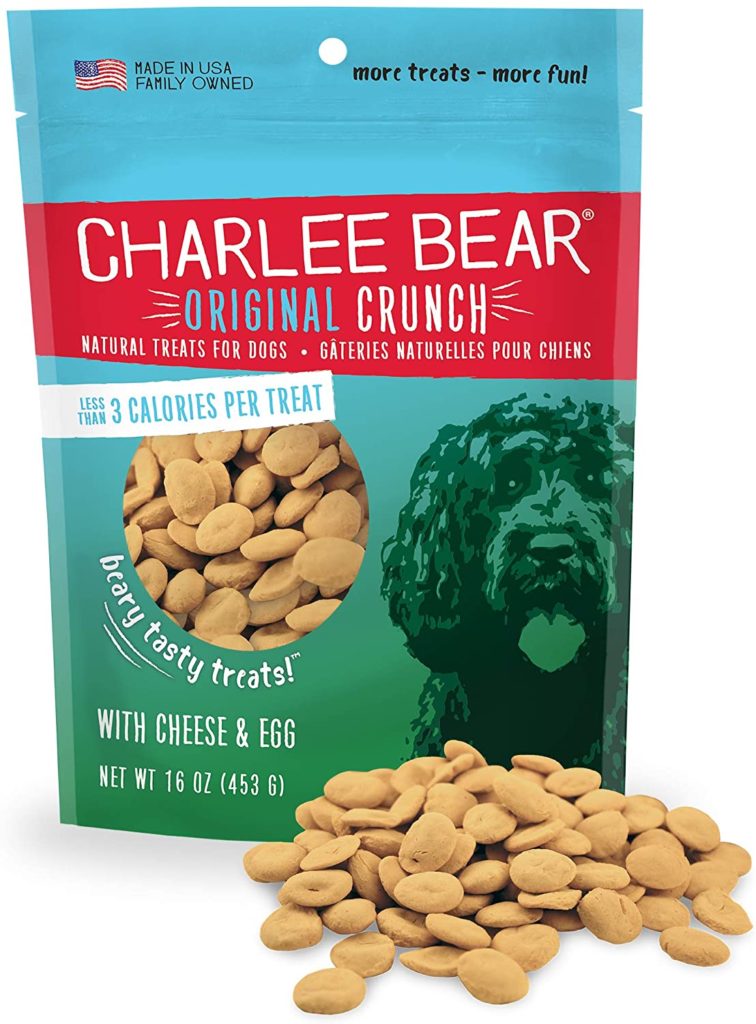
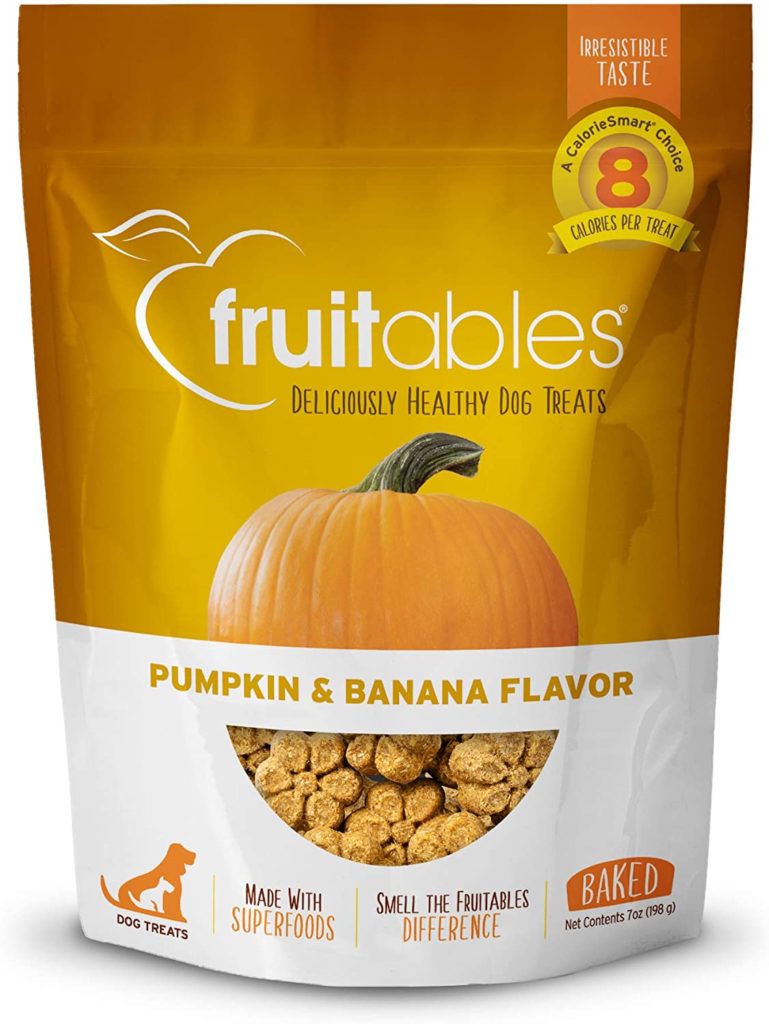
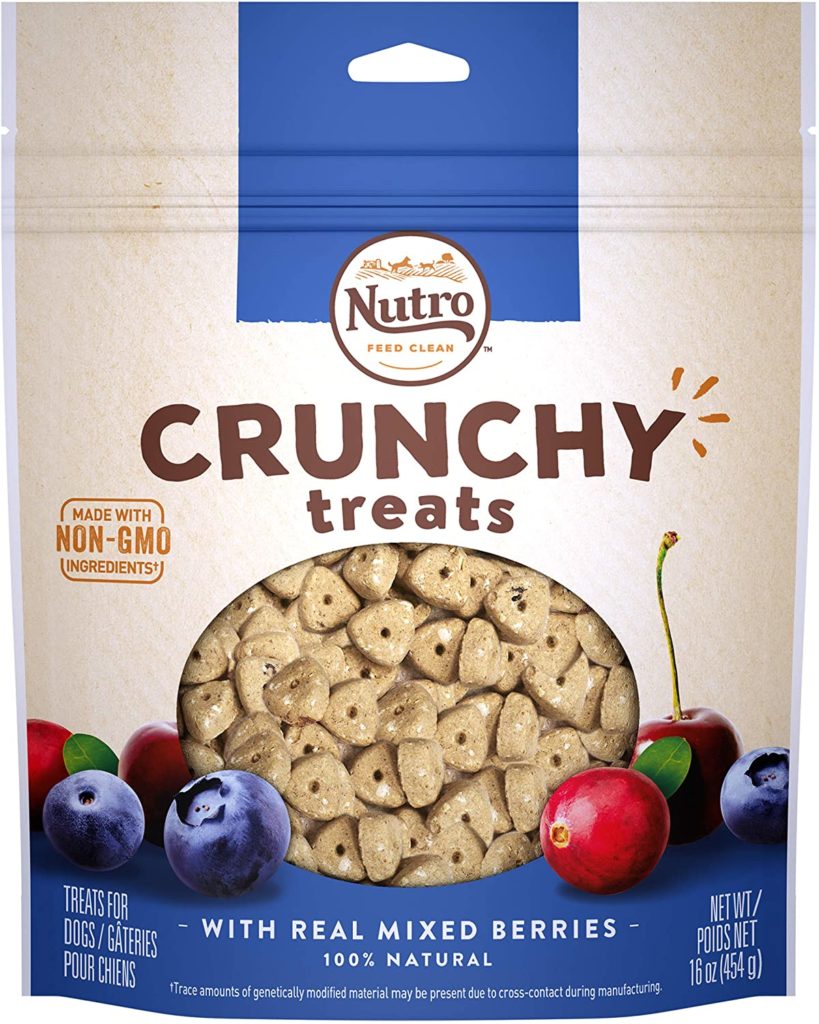
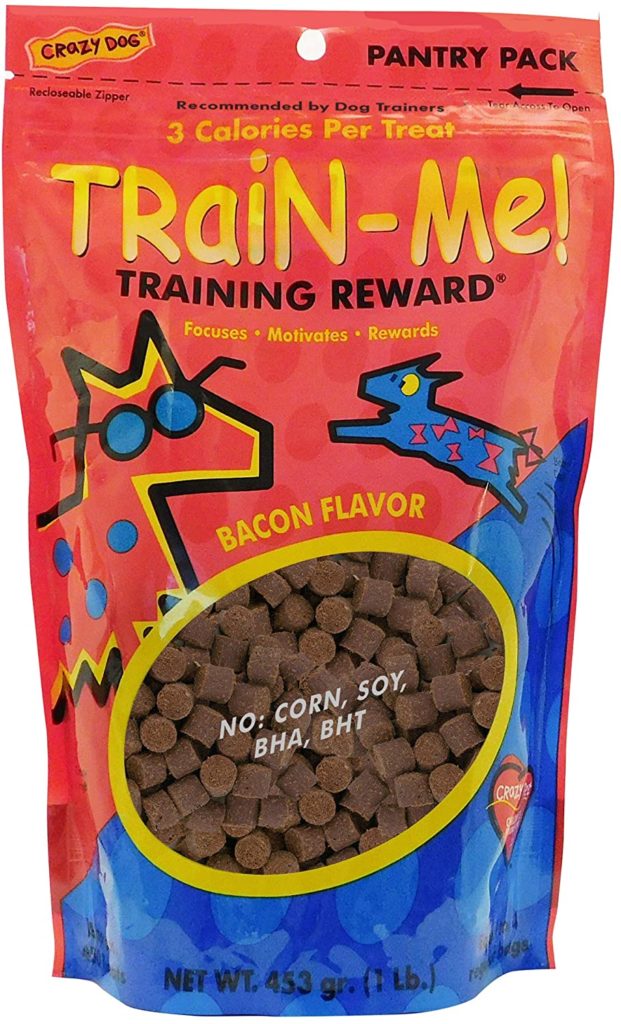
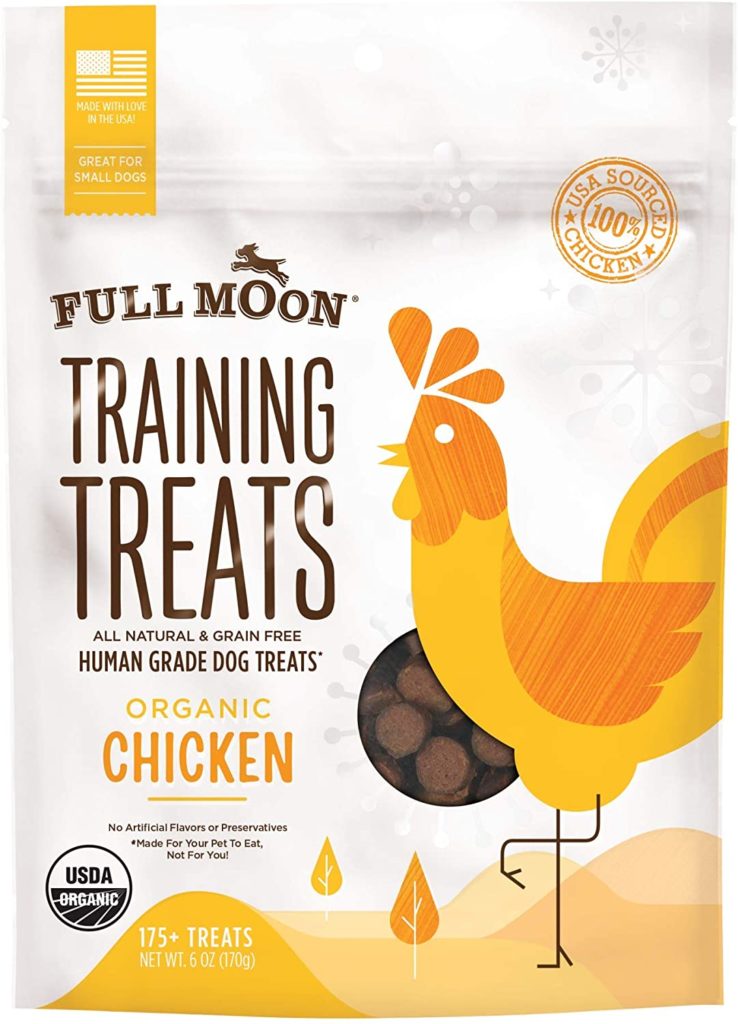
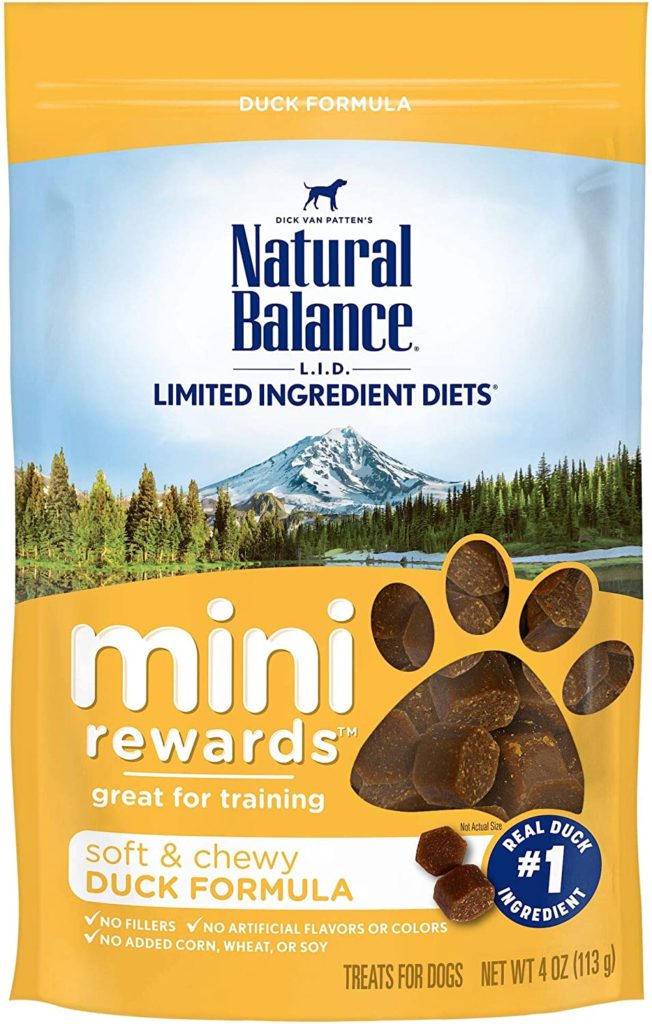
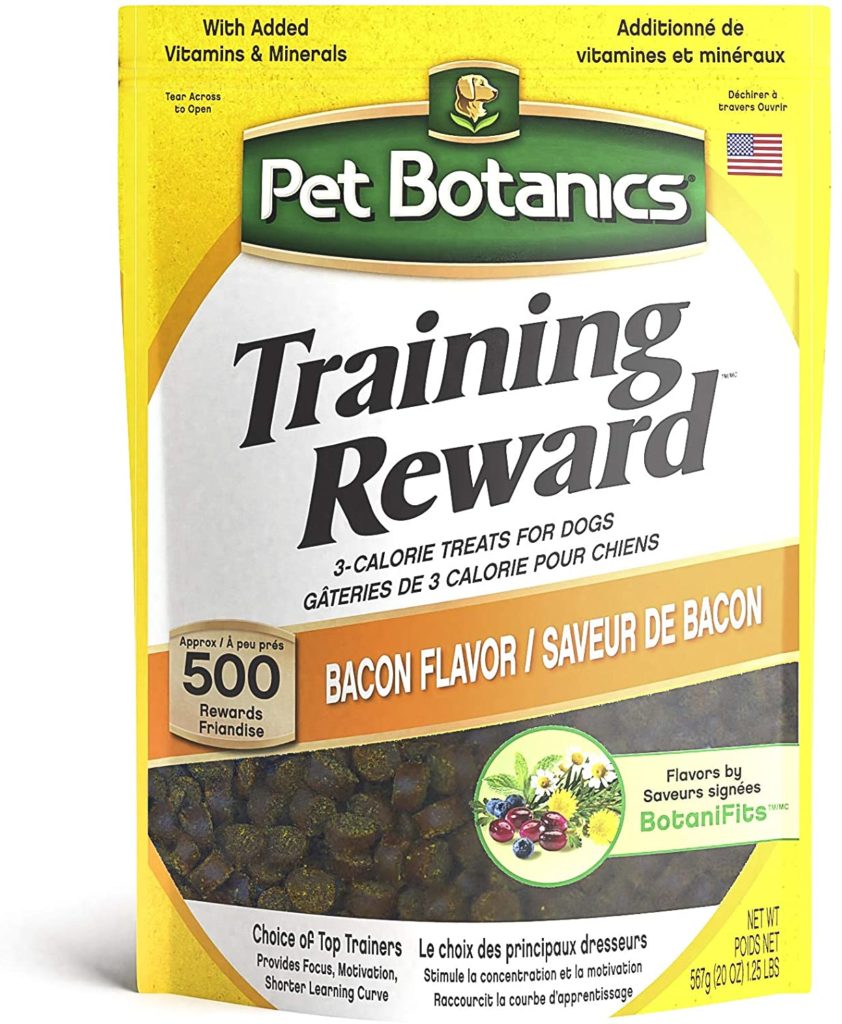
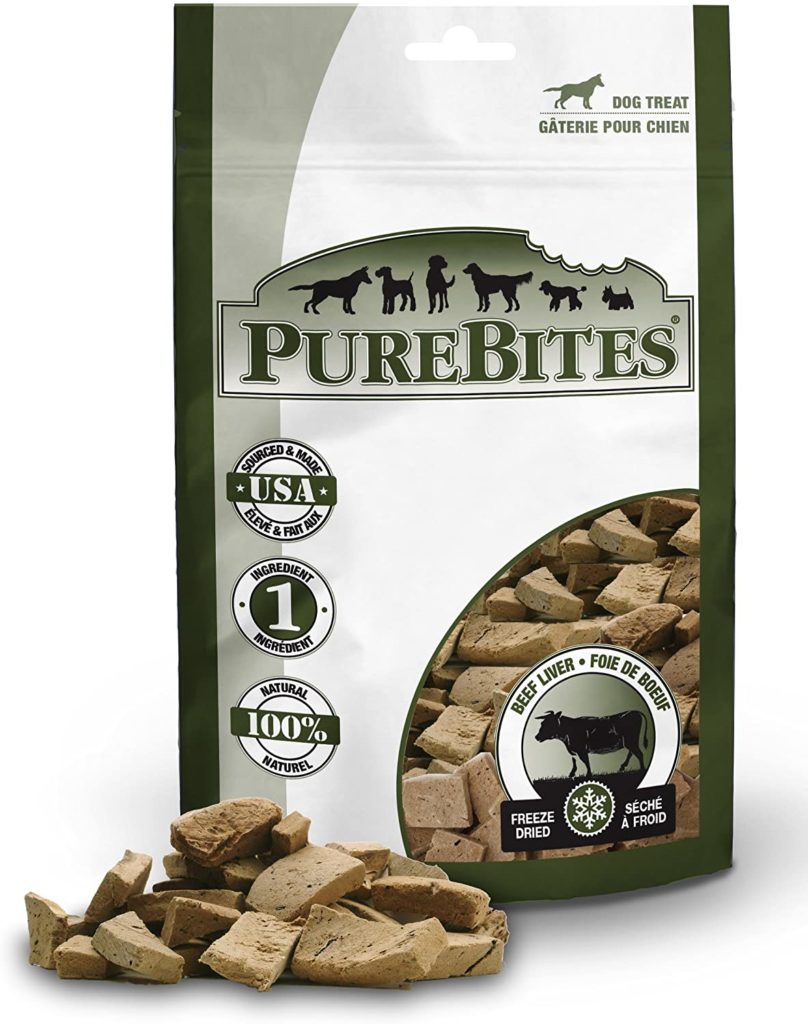
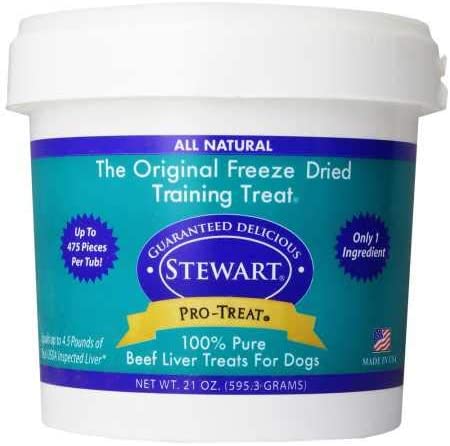
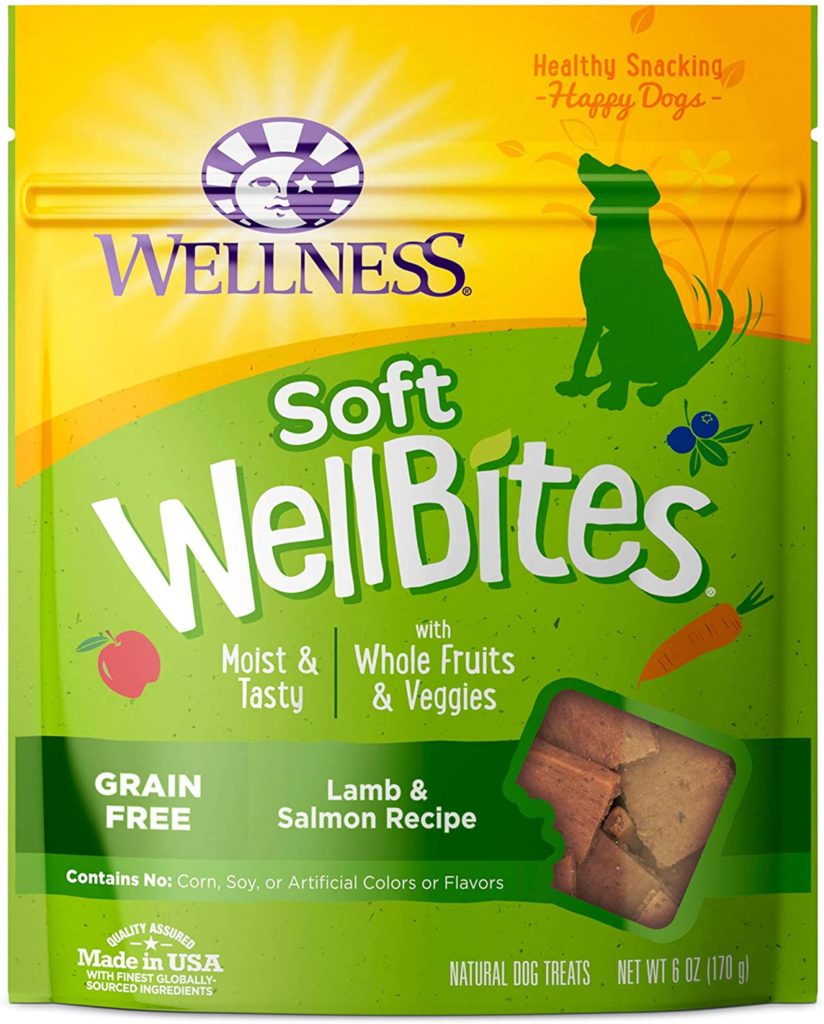




No comment yet, add your voice below!